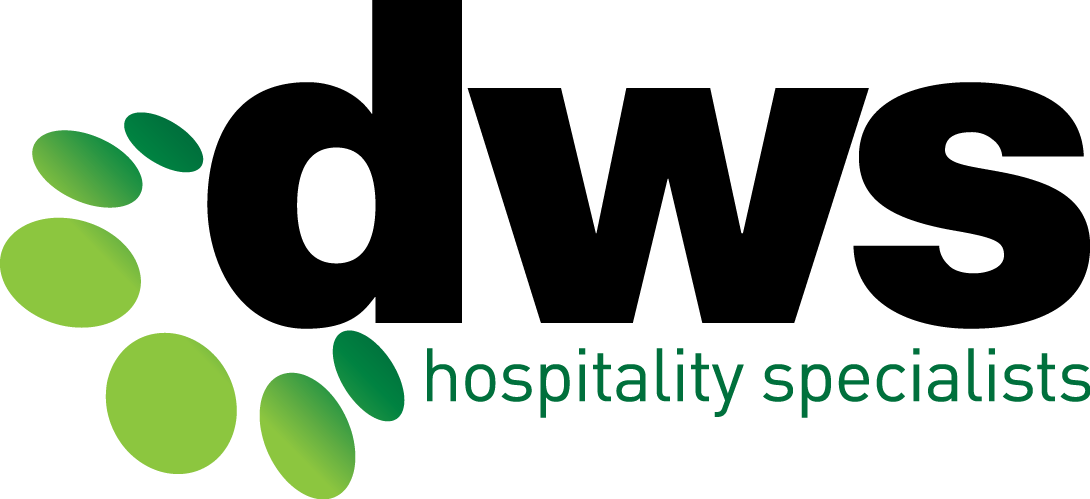Can you name your very best customers?
The past few years have seen substantial developments in the evolution of customer loyalty programs and approaches to increase patronage.
Some have been iconic, some inspirational, some have created lessons to be learned, but all have driven forward a positive change in the way we engage with our customers.
Five years ago the need to undertake ‘player performance analysis’ through effective database management was somewhat a myth reserved only for casinos.
Today, venues have many choices about how they can engage the patron but venues that stand still risk stagnating, reducing customer loyalty, and losing market share. Many venues are now pushing the boundaries and trying new and innovative ways to increase customer engagement.
Some venues, it seems, are targeting even greater engagement, whether through clever use of emerging technologies, advanced loyalty or marketing techniques, or even taking a fresh approach to how they manage the customer experience.
So can you name your very best customers?
Good for you; they practically live at your venue and are well known to all staff making it easier to identify. However, some of your greatest contributors may not be so easy to identify.
The consistently loyal, yet under-rewarded patrons may be hiding just shy of your top ten, your top fifty, and even your top two hundred customers. Visitations are often low and spend quite high. This is where data-driven analysis can help you. With the proper triggers set within your player tracking system, your staff will be able to become more personable and alert to those flying under the radar.
How can number crunching and targeting your middle-rank customers be more profitable than tending to players with the highest turnover?
It’s all about managing the player pipeline effectively.
Water pressure
When the pipeline has good flow:
- Players know how to earn points
- Players understand that if they play more, they get more
- Players aspire to raising their tier status
- Your Player Development Program grasps inclining players early and courts them consistently
Conversely, a top-heavy or bottom-heavy pipeline represents an unsustainable system. When we look at Worth Segmentation reports with weak pipelines, this is what we see:
Weak Pipeline Scenario #1:
- There are massive amounts of players residing in the lowest segments of turnover.
- At least one-third of your revenue comes from the lowest levels of worth.
In this scenario, staff may feel like their players already come all the time. They may comp and comp and comp based off of Total Monthly Turnover. There is trouble ahead for this pipeline because daily comping will invariably outstrip Average Daily Turnover. Each trip becomes a new opportunity to operate underwater.
Weak Pipeline Scenario #2:
- There are few players in the highest levels of worth segmentation.
- Over a third of your revenue comes from a small segment of top players.
In this scenario, the top players have your hosts by the throat. Staff will comp and comp and comp under threat of player defection. Take another look at where your money comes from. Big bucks may flow in from the top segments, but the bulk of your theoretical may be generated more consistently from the middle.
Weak Pipeline Scenario #3:
- We serve a mature market of local players. There are no more fish in the sea.
The power of a Player Development Program is to continue to fill the hosted pipeline with new players. This does not require the staff to have a little black book of contacts and a long-standing career in gaming. This requires setting triggers in the player tracking system by running regular reports that identify players who are inclining or declining in visitation or turnover. This scenario also requires the identification of players who have recently signed up and who are demonstrating positive behaviours. And finally, this scenario needs the creation of multiple means of valuing player worth that doesn’t let profitable players fall through the cracks.
Overall, managing the player pipeline requires a robust monitoring system that measures the visitation and trends of players. A robust monitoring system adds valve and levers to route players to the most appropriate forms of sustainable rewards. A robust monitoring system also allows personalised responses from staff when there is a leak in the system and your water pressure falls below expected levels.
DWS Hospitality Specialists have created a reporting and analysis tool that will assist you in working toward increasing the visitation of patrons through in depth player analysis and can assist with all your marketing requirements here.




